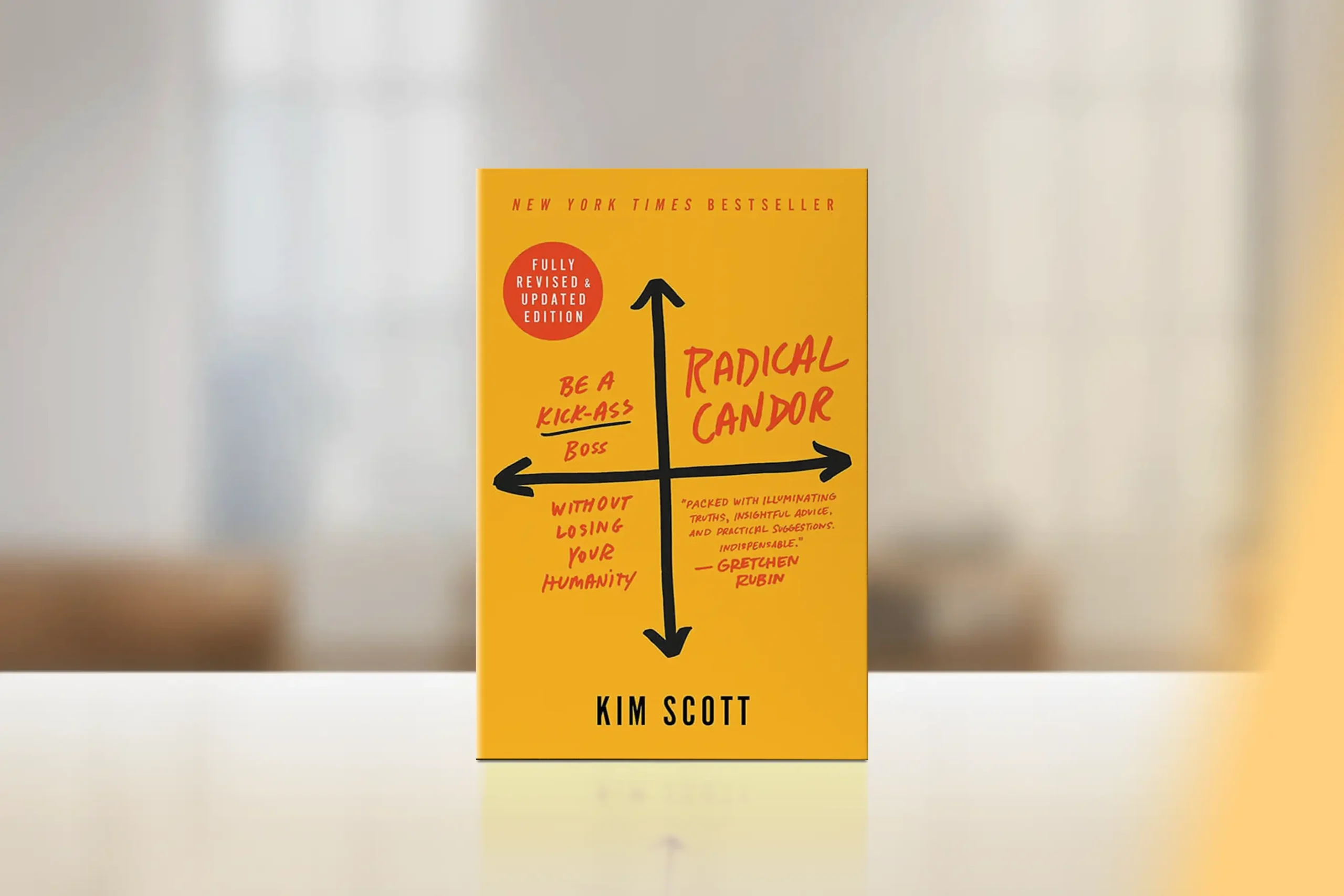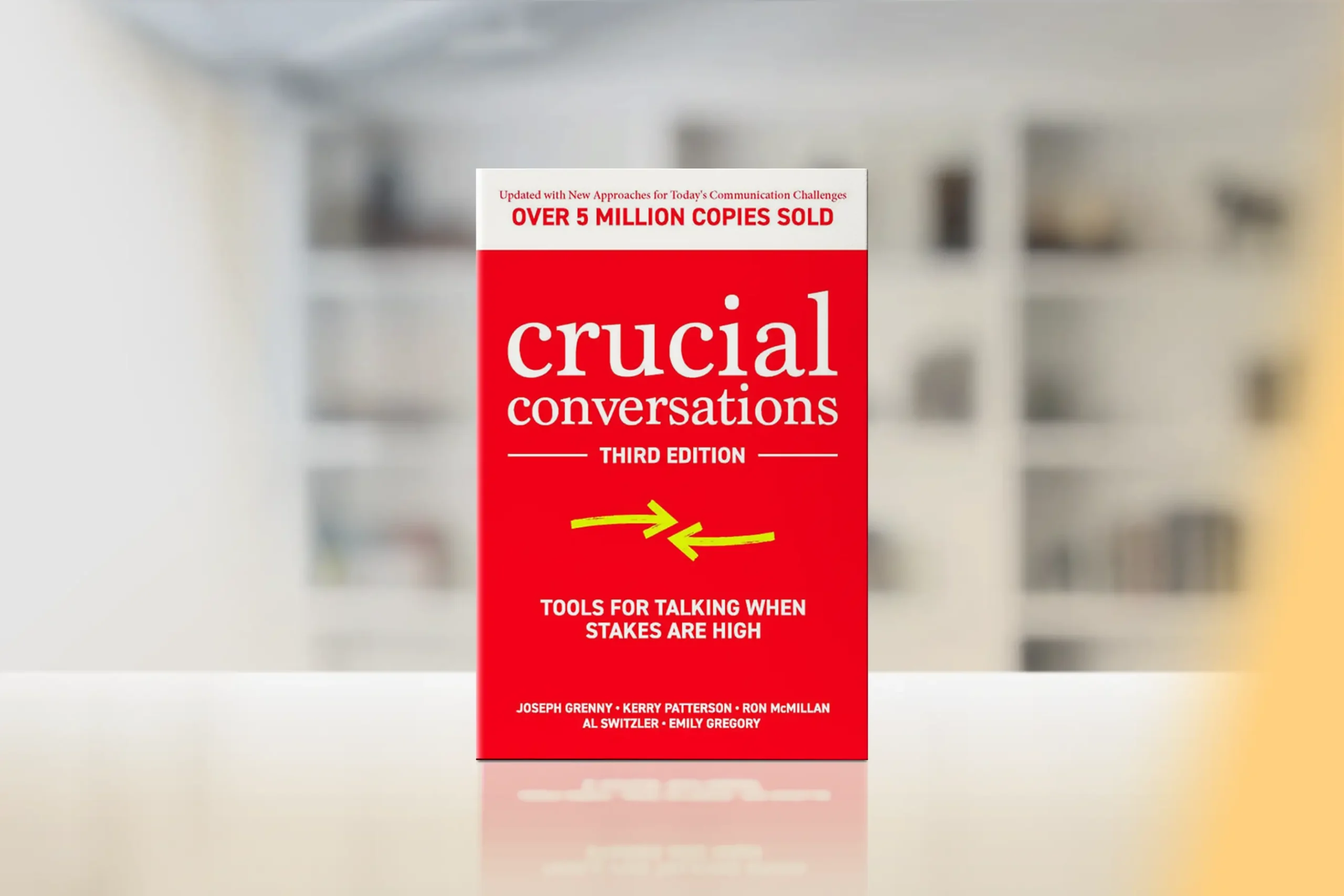Have you ever wondered why some professionals seem to bounce back stronger from setbacks while others struggle to recover? In today’s rapidly evolving career landscape, facing adversity isn’t just common—it’s inevitable. Whether it’s a project failure, job loss, or market downturn, our ability to persevere and adapt determines our long-term success.
In her groundbreaking book “Grit: The Power of Passion and Perseverance”, Angela Duckworth reveals that success isn’t just about talent—it’s about having the determination to keep going when things get tough. Similarly, David Goggins in “Can’t Hurt Me” demonstrates how pushing through discomfort and building mental toughness can transform our capabilities. Both these works underscore a crucial truth: resilience isn’t just helpful in today’s professional world—it’s essential.
Recent global studies show that 75% of career success can be attributed to mental fortitude and adaptability rather than technical skills alone. In this comprehensive guide, we’ll explore how to develop these crucial qualities and use them to thrive in your professional journey, no matter what challenges come your way. From navigating organizational changes to bouncing back from career setbacks, these strategies will help you build the mental strength needed for long-term success.
Understanding Grit and Resilience in the Professional Context
Grit and resilience might sound similar, but they serve distinct roles in your career success. Grit is your long-term stamina—the ability to maintain focus and determination toward your goals despite setbacks. Resilience, on the other hand, is your bounce-back ability—how quickly you can recover and adapt when things don’t go as planned.
In the professional world, these qualities manifest in several ways:
- Persistence in pursuing long-term career goals despite setbacks
- Ability to maintain motivation during challenging projects
- Flexibility in adapting to changing market conditions
- Mental toughness during high-pressure situations
- Capacity to learn and grow from failures
Research from the Harvard Business Review shows that professionals with high levels of grit are 31% more likely to achieve their career goals compared to their peers. Similarly, studies across different cultures and industries indicate that resilient employees are 43% more likely to advance in their careers during challenging economic times.
For a deeper understanding of how these qualities impact your career journey, explore our article on “The Power of a Growth Mindset: Strategies for your Future Success,” which delves into the mindset foundations that support grit and resilience.
The Science Behind Professional Resilience
Understanding the psychological mechanisms behind resilience can help us develop it more effectively. Research in neuroscience reveals that resilience isn’t just a personality trait—it’s a set of skills that can be developed through consistent practice.
The Four Pillars of Career Resilience
- Emotional Awareness
- Recognition of stress triggers and emotional patterns
- Understanding of personal reaction cycles
- Development of emotional regulation strategies
- Cognitive Flexibility
- Ability to reframe challenges as opportunities
- Capacity to generate multiple solutions
- Skill in adapting to changing circumstances
- Purpose Alignment
- Clear connection to professional values
- Strong sense of career direction
- Understanding of broader impact
- Social Support Integration
- Professional network development
- Mentor relationships
- Peer support systems
Building Your Resilience Toolkit
Just as athletes train their bodies for peak performance, professionals must develop specific tools and techniques to build their mental and emotional resilience. The following strategies will help you create a comprehensive toolkit for navigating workplace challenges with confidence and composure.
Mental Toughness Training
Building mental toughness is like strengthening a muscle—it requires consistent exercise and progressive challenge. Here are proven strategies to develop this crucial quality:
- Practice Controlled Discomfort: Begin by taking on challenging projects that push your boundaries. This means volunteering for presentations that make you nervous, leading complex cross-functional initiatives, and actively seeking feedback on your work. Embrace criticism as valuable data for improvement rather than personal judgment.
- Develop Emotional Regulation: Start with mindfulness practices during stressful situations. Create specific routines for high-pressure scenarios, such as important meetings or presentations. Use visualization techniques to mentally rehearse successful outcomes, and develop personalized strategies for managing stress in the moment.
- Build Recovery Routines: Establish clear boundaries between work and personal time by setting specific work hours and sticking to them. Create daily habits that support your mental well-being, such as exercise or meditation. Build a network of mentors and peers who can provide support and guidance, and make time for regular reflection on your progress.
The Power of Perspective
Your interpretation of challenges significantly impacts your ability to overcome them.
Consider reading “Building Resilience: Bouncing Back from Life’s Challenges” for additional insights into developing a resilient mindset. For a deeper exploration of how mindset affects professional success, check out our article “The Psychology of Career Transitions: Embracing Change and Growth,” which offers valuable perspectives on navigating career challenges with confidence.
Cultivating Career Grit
While resilience helps you bounce back from setbacks, grit is what keeps you moving forward despite obstacles. Developing career grit requires a deliberate approach to building perseverance and passion that will sustain you through both challenges and opportunities.
Long-term Vision Development
Success requires more than just handling immediate challenges—it demands sustained effort toward long-term goals. Start by defining your professional purpose through deep reflection on your core career values and creating a clear vision of your professional future. This vision should guide your daily actions and decisions, supported by meaningful metrics to track your progress.
Building strategic patience is the next crucial step. Break down your long-term goals into manageable milestones and celebrate small wins along the way. During plateau periods, maintain focus by reviewing your progress and adjusting your approach as needed. Create systems to track your advancement and develop meaningful reward mechanisms that keep you motivated.
Professional stamina comes from creating consistent development routines. Build daily habits that support sustained performance and implement energy management strategies that prevent burnout. Design personal accountability frameworks that keep you on track, and regularly assess your progress to maintain momentum.
To deepen your understanding of sustained professional growth, explore our article “The Art of Effective Goal Setting and Achievement,” which provides additional frameworks for maintaining long-term motivation and success.
The Role of Community and Support
In today’s interconnected professional world, the strength of your support network can often determine how effectively you navigate challenges and seize opportunities. Building grit and resilience isn’t a solo journey.
Creating Your Support System
A strong support system begins with identifying key mentors and advisors who can guide your professional development. These relationships should be nurtured through regular interaction and honest communication about your challenges and aspirations. Build peer support networks by connecting with colleagues who share your commitment to growth and can offer different perspectives on common challenges.
Leveraging Professional Networks
Mentor relationships form the backbone of professional growth. Seek out experienced professionals who can provide guidance based on their own journey. Share your challenges openly, request specific feedback on your approach, and maintain regular contact to build a strong, lasting relationship. Most importantly, implement the advice you receive and report back on your progress.
Strong peer support comes from forming accountability groups with colleagues who share similar goals. These groups can share resources, celebrate collective achievements, and provide encouragement during difficult times. Create opportunities for mutual learning and growth through regular meetings and collaborative projects.
Professional communities extend your network beyond immediate colleagues. Join industry groups that align with your career goals and actively participate in discussions. Share your experiences to help others while building lasting connections that can support your long-term career development.
Building grit and resilience isn’t a solo journey. Our article “The Compound Effect of Networking: Building a Career-Long Advantage” explores how professional relationships can strengthen your resilience.
Practical Applications in the Workplace
Let’s break down this transformative journey into a four-week program that will help you build lasting resilience and grit. Each week builds upon the previous one, creating a comprehensive approach to professional resilience.
Week 1: Foundation Building
Your first week focuses on self-awareness and establishing baseline practices. Assess your current resilience levels through self-reflection exercises and journaling. Identify your primary stress triggers by monitoring your reactions to different workplace situations. Begin a daily reflection practice, spending 10 minutes each evening reviewing your responses to challenges. Set up a support system by identifying potential mentors and allies. Create a resilience journal to track your progress and insights.
Week 2: Mental Toughness Development
This week pushes you to expand your comfort zone gradually. Start small challenges outside your comfort zone, such as speaking up in meetings if you’re usually quiet. Practice stress management techniques like deep breathing during tense situations. Document lessons from daily setbacks, analyzing what you learned and how you can improve. Establish recovery routines that help you recharge after challenging tasks. Implement feedback systems by asking colleagues for input on your performance.
Week 3: Grit Enhancement
Week three focuses on building long-term resilience strategies. Create your long-term career vision by mapping out your five-year professional goals. Break down goals into quarterly objectives that feel manageable and measurable. Build accountability systems by sharing your goals with a trusted mentor. Start tracking progress systematically using specific metrics for each goal. Develop support networks by joining professional groups or finding an accountability partner.
Week 4: Integration and Growth
The final week concentrates on sustainability and forward momentum. Review and adjust your strategies based on what you’ve learned about yourself. Expand your challenge zones by taking on more complex projects. Strengthen support networks through regular check-ins with mentors and peers. Develop contingency plans for potential setbacks or obstacles. Create sustainability practices that will help you maintain your progress long-term. For additional strategies on maintaining momentum while protecting your wellbeing, read our article “Strategies for High Performers: Balancing Ambition and Mental Health,” which offers valuable insights into sustainable high performance.
24-Hour Challenge: Let’s kick-start your resilience journey with an immediate action step. Choose one small but uncomfortable task in your professional life and commit to completing it within the next day. This might be having that difficult conversation you’ve been avoiding, presenting your ideas in a meeting, or reaching out to a potential mentor. Use this as a starting point for building your resilience muscle.
Moving Forward: Your Resilience Journey
As you continue developing your grit and resilience, remember that this is a lifelong journey. Every challenge you face is an opportunity to strengthen these qualities and advance your career.
Reflection Questions
- What recent challenge taught you the most about your resilience?
- How can you better prepare for future career adversities?
- What support systems do you need to strengthen?
- How will you maintain motivation during extended challenges?
- What strategies have proven most effective for your personal growth?
Immediate Action Steps
- Choose one area of your professional life where you’ve been avoiding challenge or discomfort.
- Identify three small steps you can take this week to build your resilience.
- Reach out to one potential mentor or accountability partner.
- Start your resilience journal with today’s entry.
Remember, true career resilience isn’t about never falling—it’s about falling forward. Each setback is a setup for a stronger comeback. As you apply these strategies, you’ll find yourself not just surviving career challenges but thriving through them.
The journey toward greater resilience starts now. Your future self will thank you for the mental strength you begin building today. What will your first step be?





